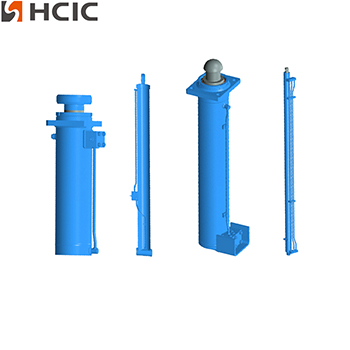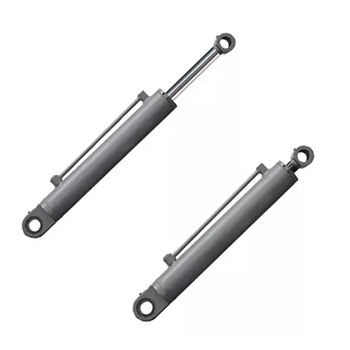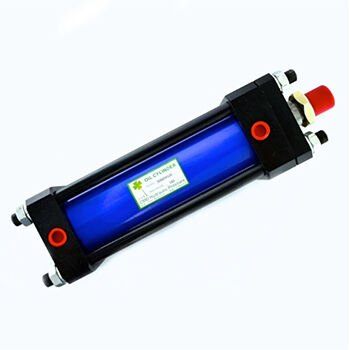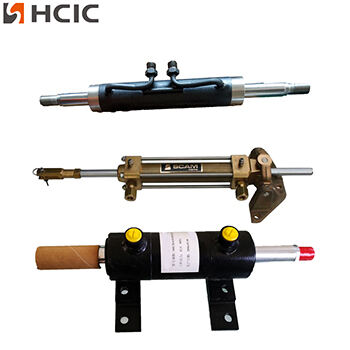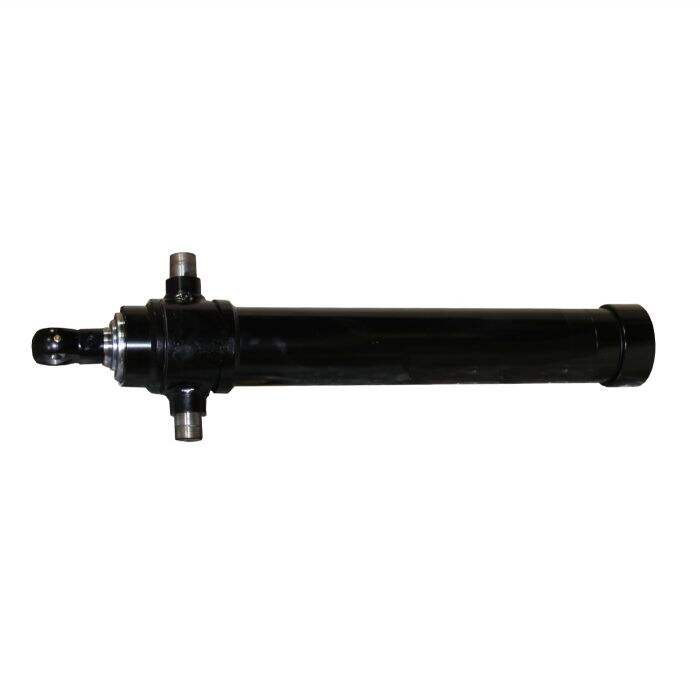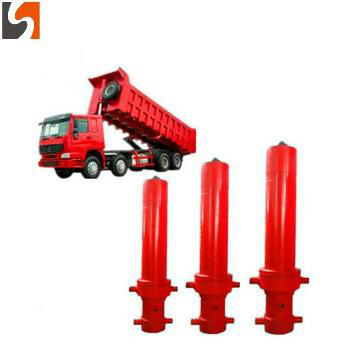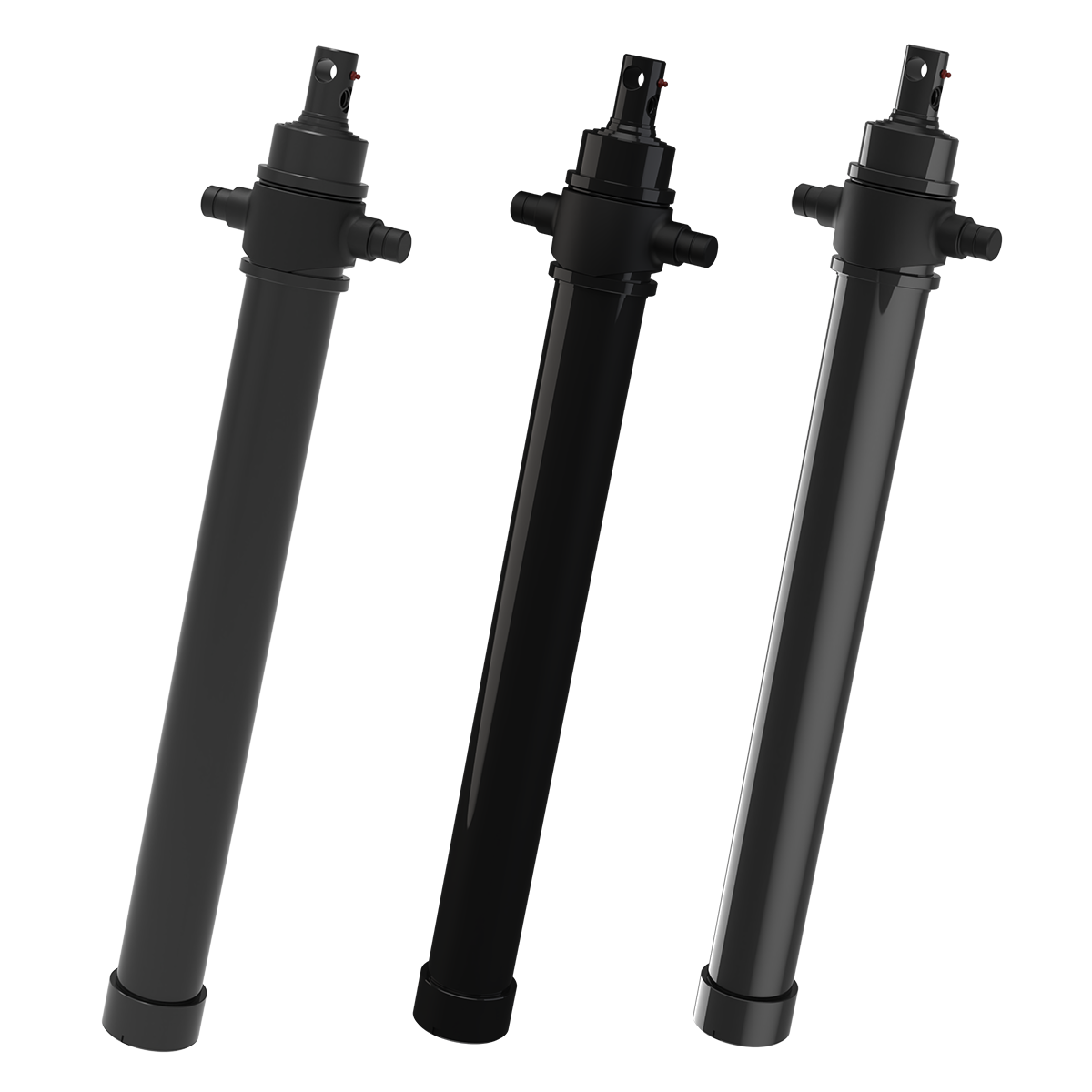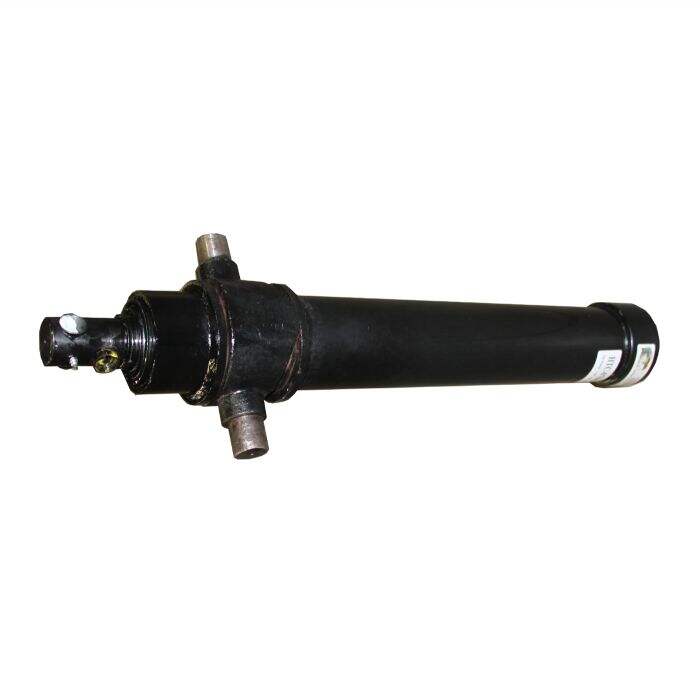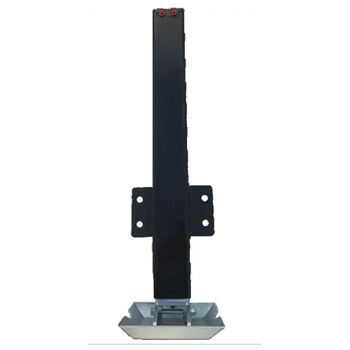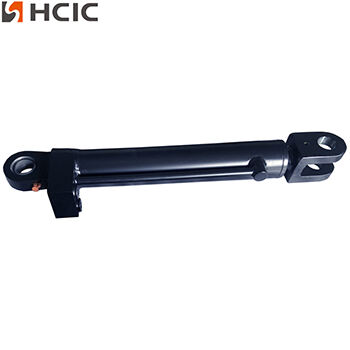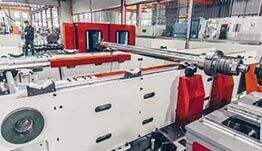The Role of Hydraulic Systems in Wind Power Plants
The Role of Hydraulic Systems in Wind Power Plants
Introduction
Wind power plants are a cornerstone of renewable energy, harnessing the power of wind to generate electricity. Hydraulic systems play a crucial role in the operation and efficiency of these plants. This essay delves into the various aspects of hydraulic systems in wind power plants, including their components, functions, advantages, and challenges, providing a comprehensive understanding of their importance in the renewable energy sector.
Components of Hydraulic Systems in Wind Power Plants
Hydraulic systems in wind power plants consist of several key components that work together to ensure efficient operation:
1. Hydraulic Pumps: These pumps convert mechanical energy into hydraulic energy, generating the flow of hydraulic fluid necessary for system operation.
2. Hydraulic Motors: These motors convert hydraulic energy back into mechanical energy, driving various components of the wind turbine.
3. Hydraulic Cylinders: Used for linear motion, these cylinders are essential for tasks such as blade pitch adjustment and braking.
4. Hydraulic Hoses and Fittings: These components transport hydraulic fluid between different parts of the system, ensuring smooth and efficient operation.
5. Control Valves: These valves regulate the flow and pressure of hydraulic fluid, allowing precise control over the system's functions.
6. Accumulators: These devices store hydraulic energy, providing a reserve that can be used during peak demand or emergency situations.
7. Filters: Essential for maintaining the cleanliness of hydraulic fluid, filters prevent contamination that could damage the system.
Functions of Hydraulic Systems in Wind Power Plants
Hydraulic systems perform several critical functions in wind power plants:
1. Blade Pitch Control: One of the most important functions of hydraulic systems in wind turbines is controlling the pitch of the blades. By adjusting the angle of the blades, the system can optimize the turbine's performance based on wind speed and direction. This ensures maximum energy capture and protects the turbine from damage during high winds.
2. Brake Control: Hydraulic systems are used to control the brakes in wind turbines. These brakes are essential for stopping the turbine during maintenance or emergency situations. Hydraulic brakes provide the necessary force to stop the turbine quickly and safely.
3. Yaw Control: The yaw system rotates the nacelle (the housing that contains the turbine's components) to face the wind. Hydraulic systems provide the force needed to rotate the nacelle, ensuring the turbine is always positioned for optimal wind capture.
4. Nacelle and Tower Movement: Hydraulic systems are also used to control the movement of the nacelle and tower, allowing for adjustments and maintenance.
5. Cooling Systems: Hydraulic systems can be used to cool various components of the wind turbine, preventing overheating and ensuring efficient operation.
Advantages of Hydraulic Systems in Wind Power Plants
Hydraulic systems offer several advantages in wind power plants:
1. High Power Density: Hydraulic systems can generate significant force with relatively small components, making them ideal for applications where space is limited.
2. Precision Control: Hydraulic systems allow for precise control over the movement and positioning of turbine components, ensuring optimal performance.
3. Reliability: Hydraulic systems are known for their durability and reliability, making them well-suited for the demanding conditions of wind power plants.
4. Efficiency: Hydraulic systems are highly efficient, converting a large percentage of input energy into useful work.
5. Flexibility: Hydraulic systems can be easily adapted to different applications and requirements, making them versatile solutions for wind power plants.
Challenges and Solutions
While hydraulic systems offer numerous benefits, they also present certain challenges:
1. Maintenance: Regular maintenance is essential to ensure the efficient operation of hydraulic systems. This includes checking for fluid leaks, inspecting seals, and replacing worn components. Implementing a proactive maintenance schedule can help prevent unexpected failures and extend the lifespan of the system.
2. Fluid Contamination: Contaminated hydraulic fluid can cause significant damage to the system. Using high-quality fluid and regular filtration can mitigate this issue. Additionally, implementing strict cleanliness protocols during maintenance and repairs can help prevent contamination.
3. Temperature Variations: Extreme temperatures can affect the performance of hydraulic systems. Using appropriate seals and fluids designed for specific temperature ranges can help maintain efficiency. In cold climates, heating elements can be used to keep hydraulic fluid at an optimal temperature, while cooling systems can prevent overheating in hot climates.
4. System Complexity: Hydraulic systems can be complex, requiring specialized knowledge for installation, maintenance, and repair. Providing comprehensive training for personnel and working with experienced suppliers can help address this challenge.
Case Studies and Applications
Several case studies highlight the successful implementation of hydraulic systems in wind power plants:
1. Offshore Wind Farms: Offshore wind farms face unique challenges, including harsh environmental conditions and limited access for maintenance. Hydraulic systems have proven to be reliable and efficient solutions for these applications, providing the necessary force and control for blade pitch adjustment, braking, and yaw control.
2. Large-Scale Wind Turbines: As wind turbines increase in size, the demands on their components also increase. Hydraulic systems are well-suited for large-scale turbines, offering the power and precision needed to handle the increased loads and stresses.
3. Hybrid Systems: Some wind power plants use hybrid systems that combine hydraulic and electric components. These systems leverage the strengths of both technologies, providing efficient and reliable solutions for various applications.
Future Trends and Innovations
The future of hydraulic systems in wind power plants looks promising, with several trends and innovations on the horizon:
- Smart Hydraulics: The integration of sensors and sensor technology into hydraulic systems is enabling real-time monitoring and predictive maintenance. This can help identify potential issues before they become critical, reducing downtime and maintenance costs.
2. Advanced Materials: The development of new materials, such as lightweight composites and high-strength alloys, is improving the performance and durability of hydraulic components. These materials can help reduce the weight of the system, increasing efficiency and reducing wear and tear.
3. Energy Storage: Hydraulic systems are being explored as potential solutions for energy storage in wind power plants. By storing excess energy in hydraulic accumulators, wind power plants can provide a more stable and reliable power supply, even during periods of low wind.
4. Sustainability: As the renewable energy sector continues to grow, there is increasing focus on the sustainability of hydraulic systems. This includes the development of biodegradable hydraulic fluids and the recycling of hydraulic components at the end of their life cycle.
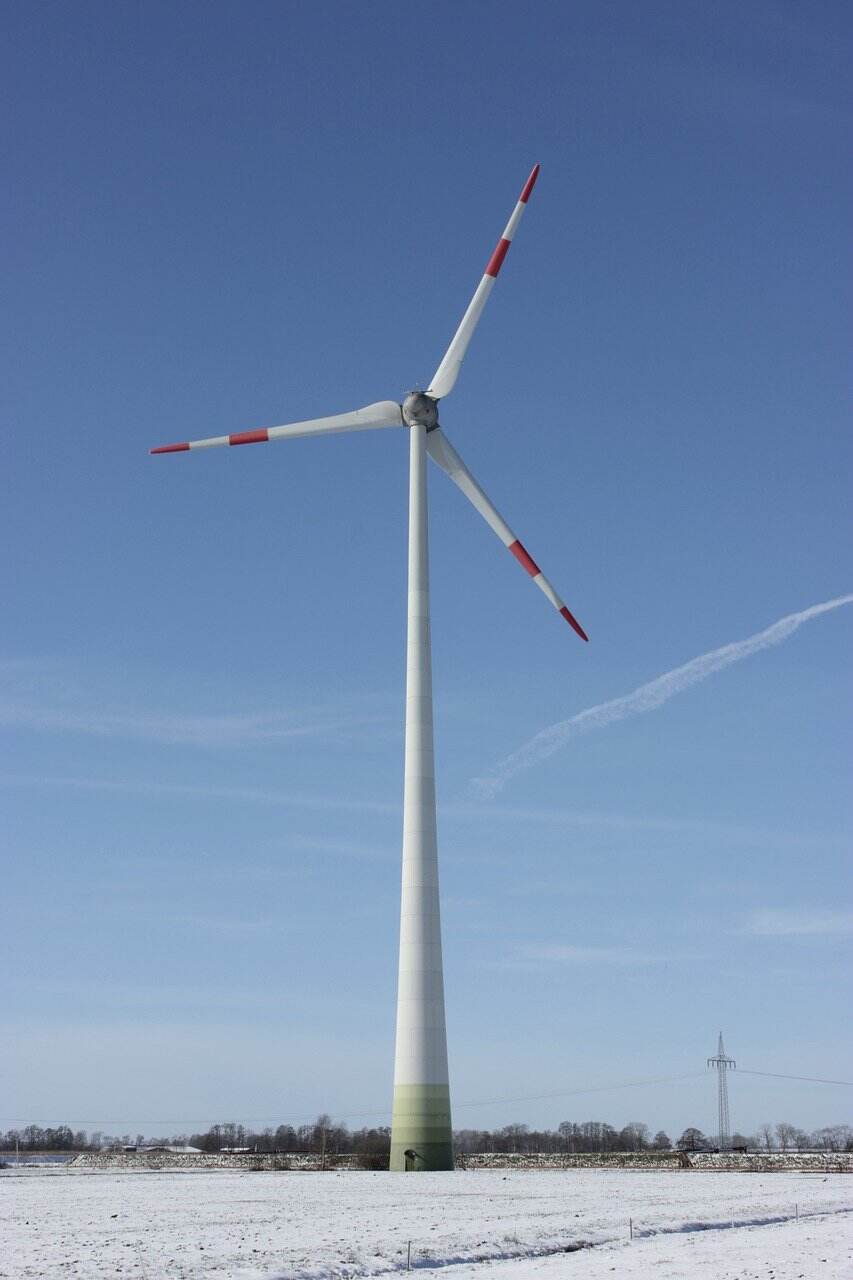
Conclusion
Hydraulic systems play a vital role in the operation and efficiency of wind power plants. Their ability to generate high force, combined with precision control and reliability, makes them ideal for various applications, including blade pitch control, brake control, and yaw control. While there are challenges associated with hydraulic systems, such as maintenance and fluid contamination, these can be addressed through proactive measures and innovative solutions. As the renewable energy sector continues to evolve, hydraulic systems will remain a key component in the quest for sustainable and efficient wind power generation.HCIC is a professional hydraulic manufacturer, mainly engaged in hydraulic system design, manufacture, installation, transformation, commissioning and hydraulic components brand sales and technical services.We hope that our product can help to save your cost and improve your quality. For More details please email us "[email protected]" or google search "HCIC hydraulic"

 EN
EN
 AR
AR
 BG
BG
 HR
HR
 CS
CS
 DA
DA
 NL
NL
 FI
FI
 FR
FR
 DE
DE
 EL
EL
 HI
HI
 IT
IT
 JA
JA
 KO
KO
 NO
NO
 PL
PL
 PT
PT
 RO
RO
 RU
RU
 ES
ES
 SV
SV
 CA
CA
 TL
TL
 IW
IW
 ID
ID
 LV
LV
 LT
LT
 SR
SR
 SK
SK
 UK
UK
 VI
VI
 HU
HU
 TH
TH
 TR
TR
 FA
FA
 MS
MS
 GA
GA
 CY
CY
 KA
KA

